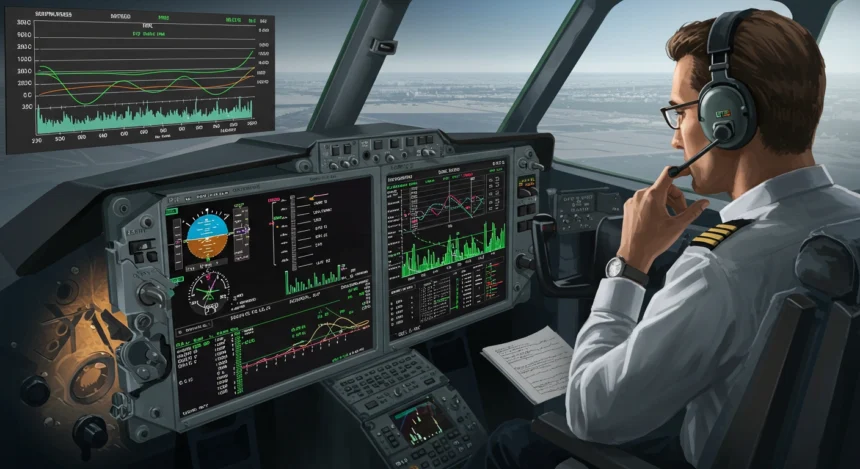Here is the thing Pilot static testing is absolutely mandatory for aircraft maintenance. Pilot static testing is actually used to establish the accuracy of various instruments, such as airspeed indicators, altimeters, and air pressure. Proper testing ensures that all aircraft instruments are accurate and reliable. These aspects are crucial for flexibility. The goal of pilot static testing is to be absolutely sure that all potential instruments are correctly gauged.
Testing Ensures Compliance with Flight Operation Standards
You should know that pitot static testing ensures that aircraft pilots receive reliable data, which can help minimize the potential risk of flight accidents caused by faulty readings. In other words, testing ensures compliant flight operations by ensuring accurate altitude indication, which can help prevent CFIT, which stands for controlled flight into terrain.
The correct altitude indication is crucial for maintaining the separation of an aircraft from other aircraft. Nonetheless, accurate airspeed indication is essential, especially for takeoff and landing, with the goal of maintaining safe speed during flight. The vertical speed indicator is also part of this test, as it is important when reading descent or climb, which is why it can help in maintaining proper flight altitude.
Regulatory Compliance is Crucial
You should know that pitot static testing is often made mandatory by the FAA and other aviation authorities, especially in terms of specific intervals, such as every one or two years for testing and ensuring compliance with regulatory standards.
Check out the pitot static testers from Pilot John International, as these are popular among aircraft operators and aircraft maintenance technicians. These test sets can simulate the vacuum and pressure conditions that are required to calibrate and test the onboard avionics instruments of an aircraft, including the airspeed indicator and altimeter.
It Is Crucial for Minimizing Aircraft Accidents
It is important to mention here that it is absolutely mandatory for minimizing the potential risk of aircraft accidents, which is made possible with the accurate readings of instruments that are imperative for safe flights.
Rest assured, with the help of routine testing, aircraft maintenance technicians can detect potential issues early on and prevent serious problems, such as leaks in the aircraft systems or faulty instrument readings. The early detection of such problems is important in preventing hazardous situations.
Pitot Testing Can Actually Boost Operational Efficiency
You should know that routine evaluations can actually help with minimizing aircraft maintenance costs, which can prove beneficial in enhancing the overall operational efficiency of the aircraft. With regular testing, you can detect minor issues early on, which can prevent major problems that require extensive repairs. Nonetheless, regular pitot static readings are incredibly effective for improving aircraft performance during various phases of flight, which further ensures smooth and efficient flight operations.
Pitot Testing is Critical for Safety
Now you know that pitot static testing is incredibly important for safety, operational efficiency, and regulatory compliance of flight. At its core, pitot static testing verifies the accuracy of flight instruments. So, you must stick to a routine schedule for inspections so you can efficiently prevent catastrophic incidents caused by wrong readings, especially regarding altitude and air speed.
Rest assured, routine evaluations, you can also protect passengers and crew while ensuring optimal aircraft performance. With that set, it would not be wrong to state that pitot static testing is a mandatory practice for technicians as well as flight operators.






